Why is Radon a Problem in USA & Canada?
Radon gas is cancer-causing radioactive, invisible, odourless and tasteless in water and air, and we are surrounded by it without knowing at all times at some level. It is present in every breath you take, hopefully in very, very small quantities, but then how do we know? Radon becomes a health concern for humans when we are exposed to it in higher concentrations, and as modern higher performance housing design provides a relatively airtight environment we are exposed to much higher levels than in the drafty homes of the past. In North America, combined figures from the EPA and Health Canada indicate that around 25000 people die directly from accumulative Radon exposure per year - and even more worryingly that in Canada only around 6% of homes have actually been tested for Radon. The Canadian Home Builders' Association also say that Canada's building codes designed to reduce radon in new homes have "many unresolved issues which could result in severe and immediate health problems, and even death"
Radon, where does it come from & what is safe?
Radon gas is a by-product of decomposing uranium in rocks and soil, and homes in all regions across North America are at risk because there is always some amount in the rocks and soil on which houses are built. Choosing a basement instead of a slab-on-grade foundation can also lead to the increased possibility of exposure to radon gas radiation, another reason where possible to build on an insulated slab foundation.
In the USA the EPA recommends that homeowners should take radon mitigation measures if the radon concentration exceeds 150 Bq / m3. Health Canada recommends that any homeowners with concentrations exceeding 200 Bq / m3 should take action to reduce radon levels and safeguard interior air quality. Important to note; this threshold does not mean that there is no health risk below 150-200 Bq / m3, which is why the World Health Organization recommends taking action to reduce radon levels if there's a level of over 100 becquerels /m3 (Bq), which corresponds to 2.7 picocuries per liter (pCi/L).
Health Canada conducted a nationwide survey of radon concentration in homes, which took place over two years and included 18,000 participants. Their conclusion was that 6.9% of Canadians live in homes where the radon concentration is greater than the maximum guideline of 200 Bq / m3.
So every home should test for radon?
Basically "Yes". The only way to know if a house has a high radon concentration is to have the air in your home tested, and there are two ways to go about that; you can purchase a do-it-yourself test kit online or perhaps through your local state or municipality, or you could contact a local radon-mitigation expert and have them conduct a test for you. New house or old house, regardless of what radon mitigation standards were installed when it was built (or not) - regardless of which area your home is in, the ONLY certain method of making sure you and your family aren't exposed to dangerous levels of this invisible radioactive gas is to test for it and then take action if it's found the levels are too high.
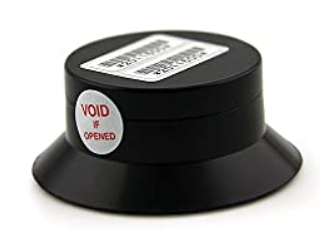
Below are links to help you have your air tested for radon gas concentrations, as well as techniques for radon prevention in new homes and mitigation techniques in existing homes that tested above safe levels.















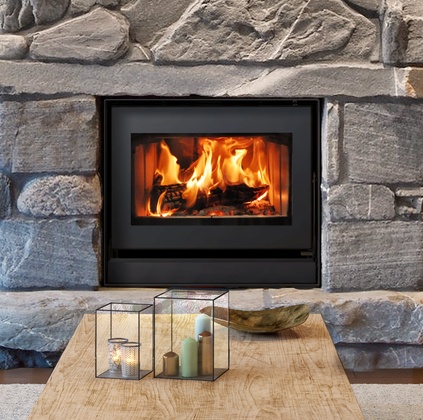



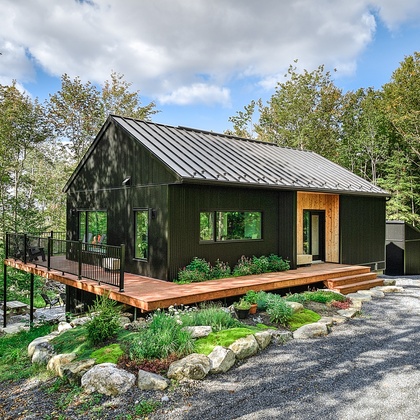


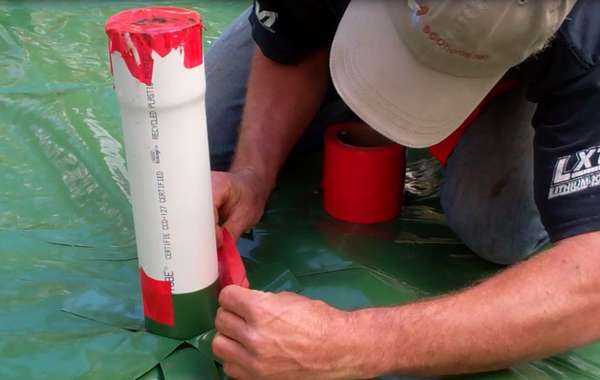
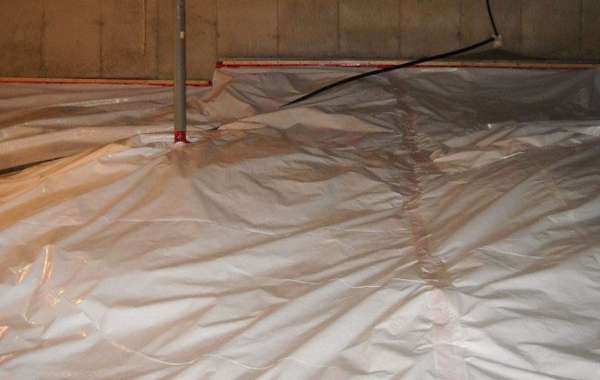
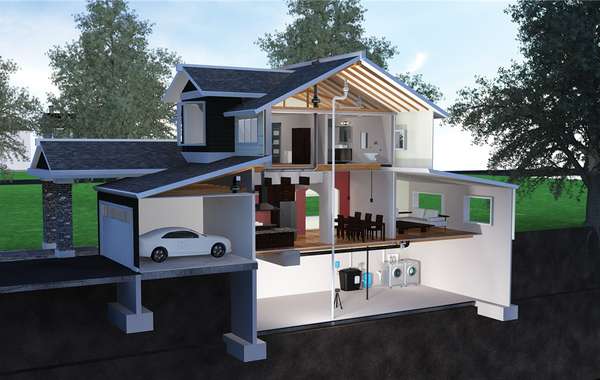
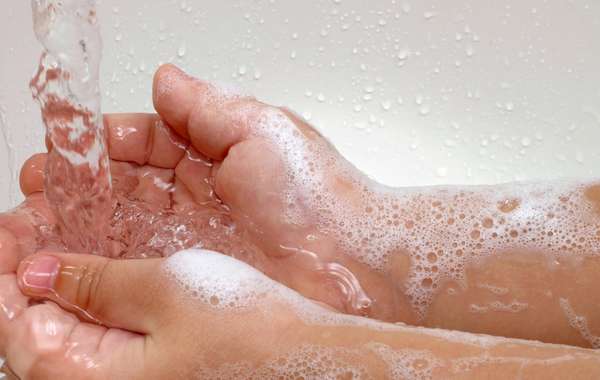
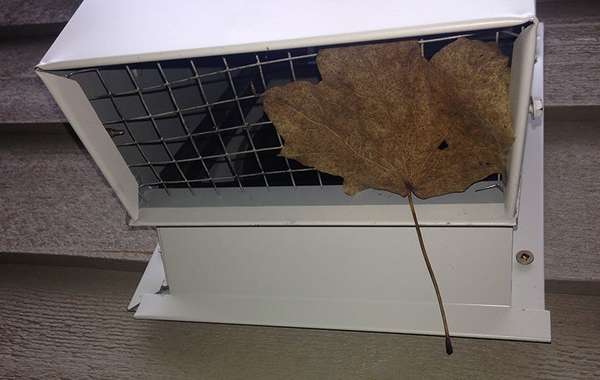
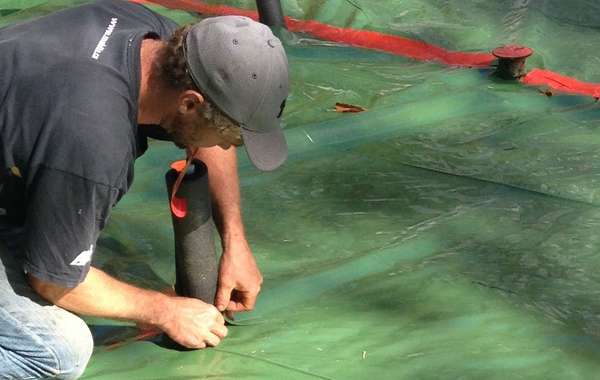
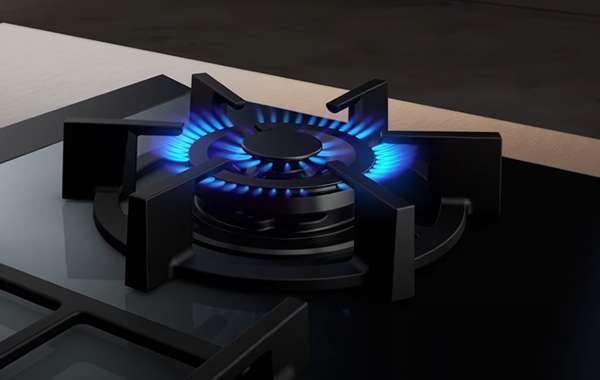

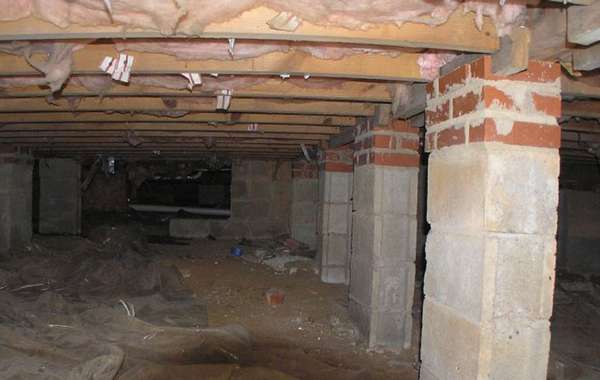
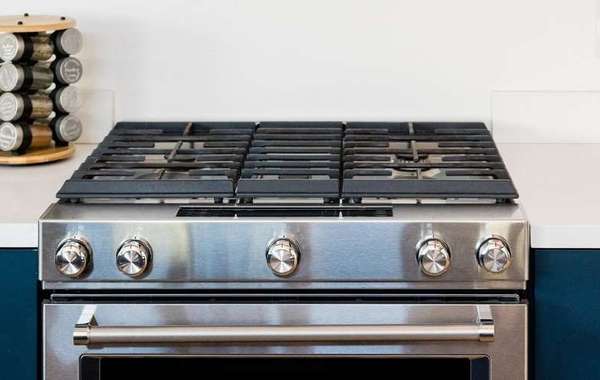

Comments (0)
Sign Up to Comment